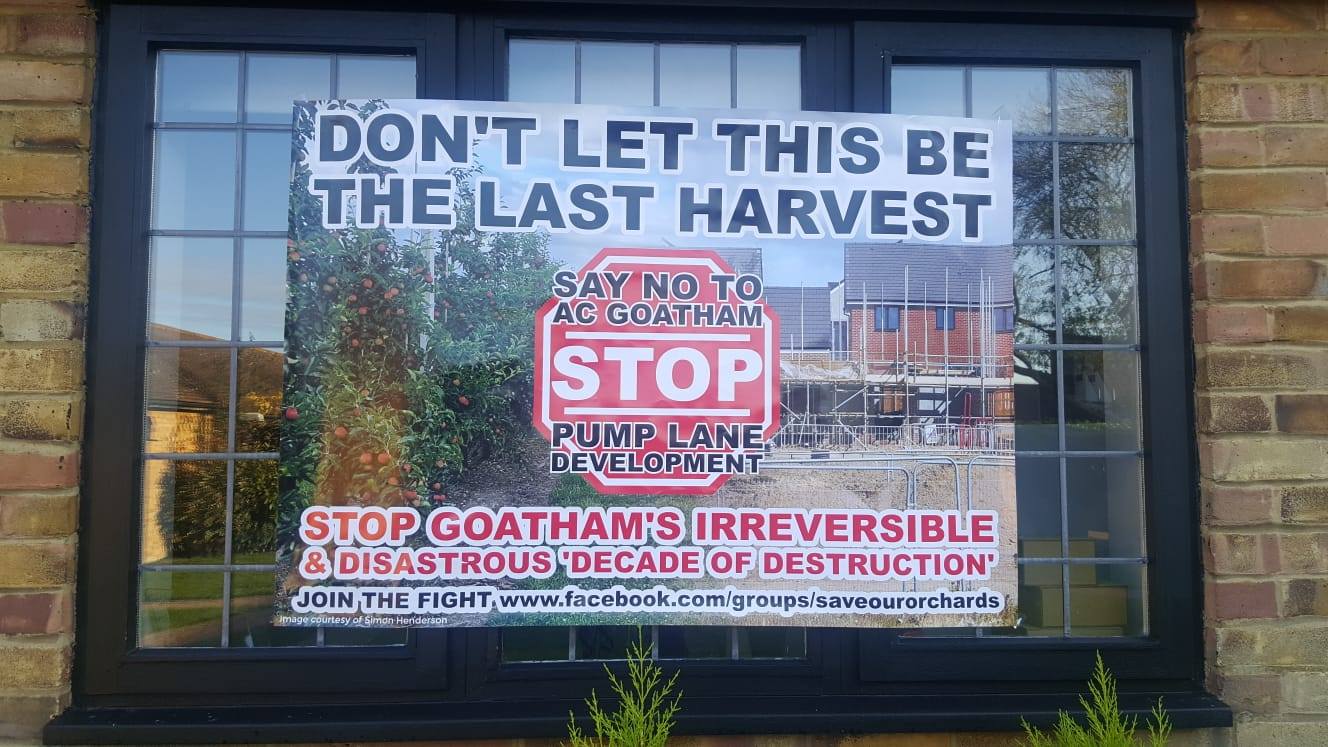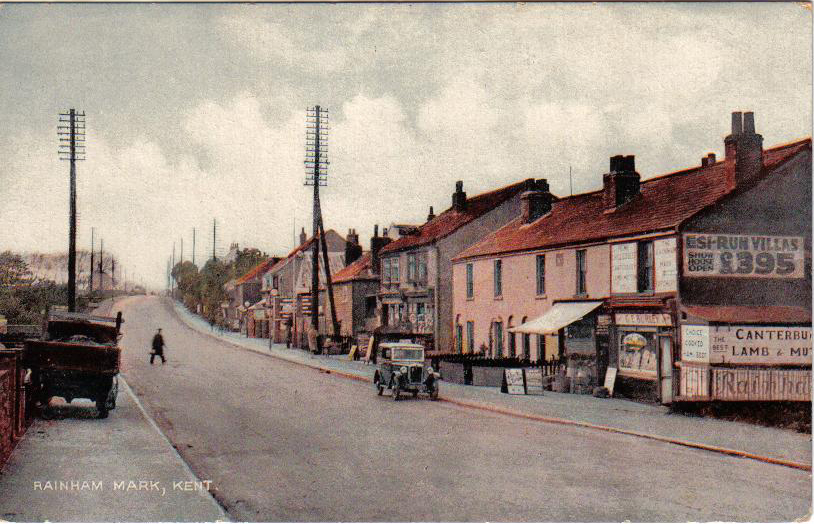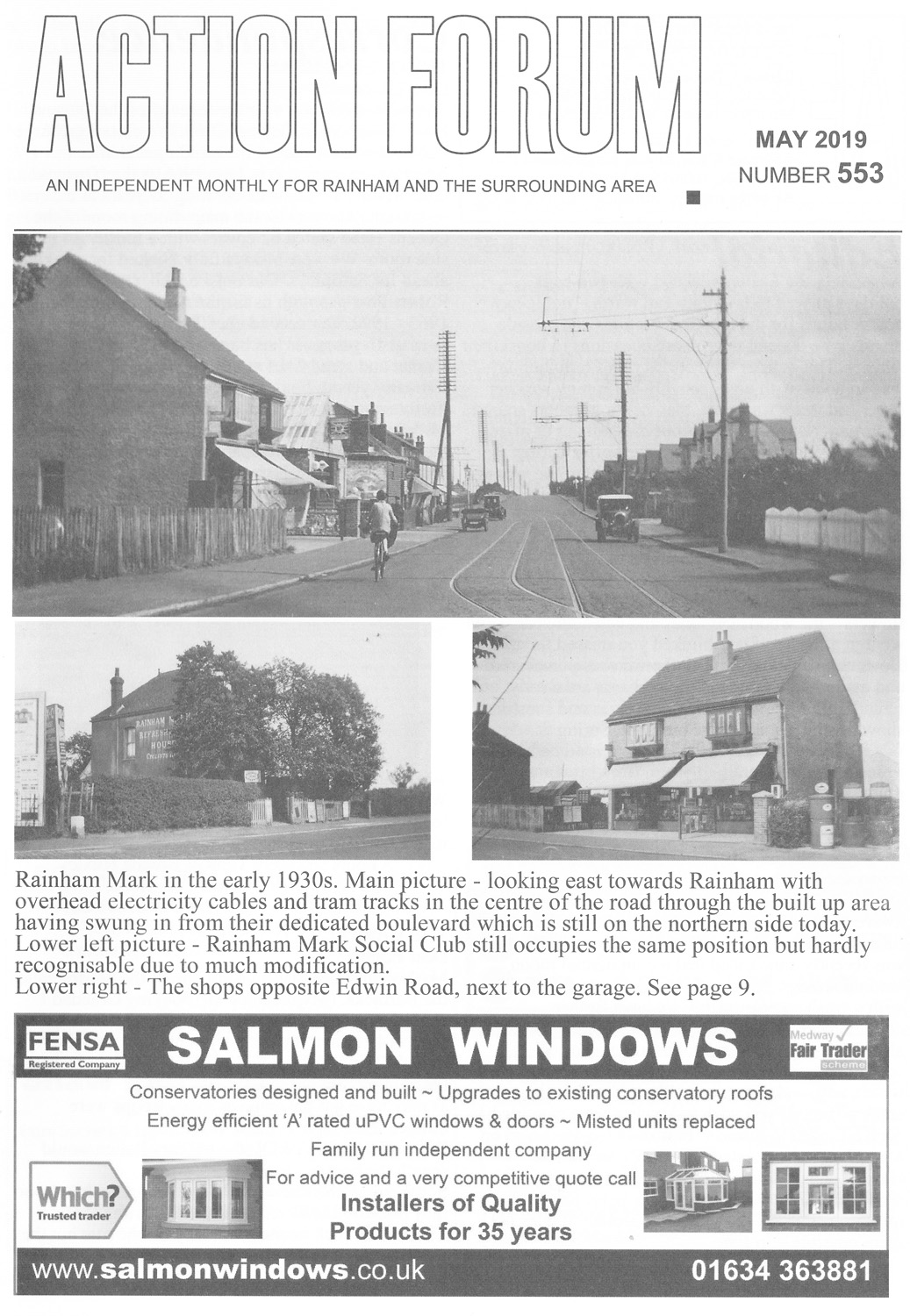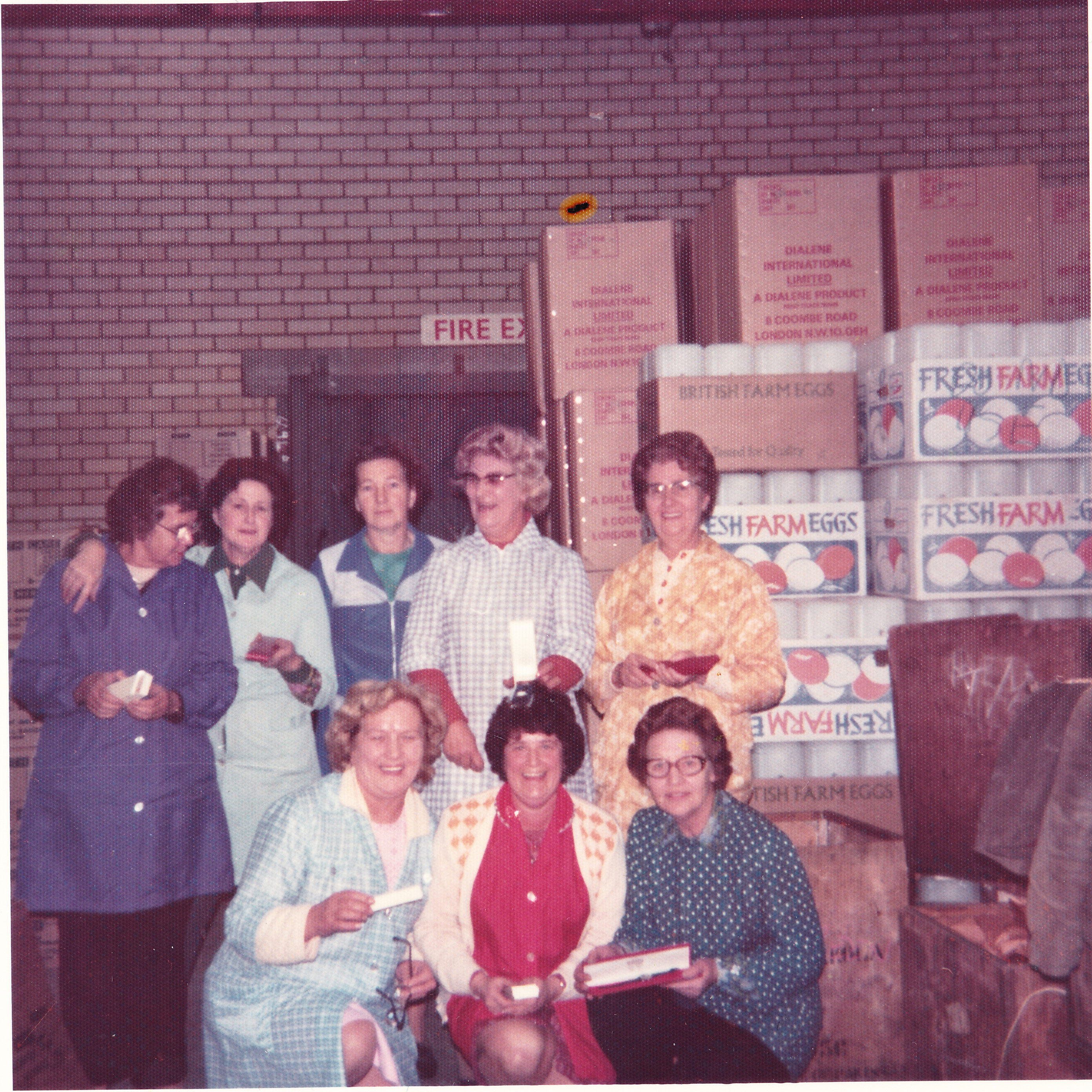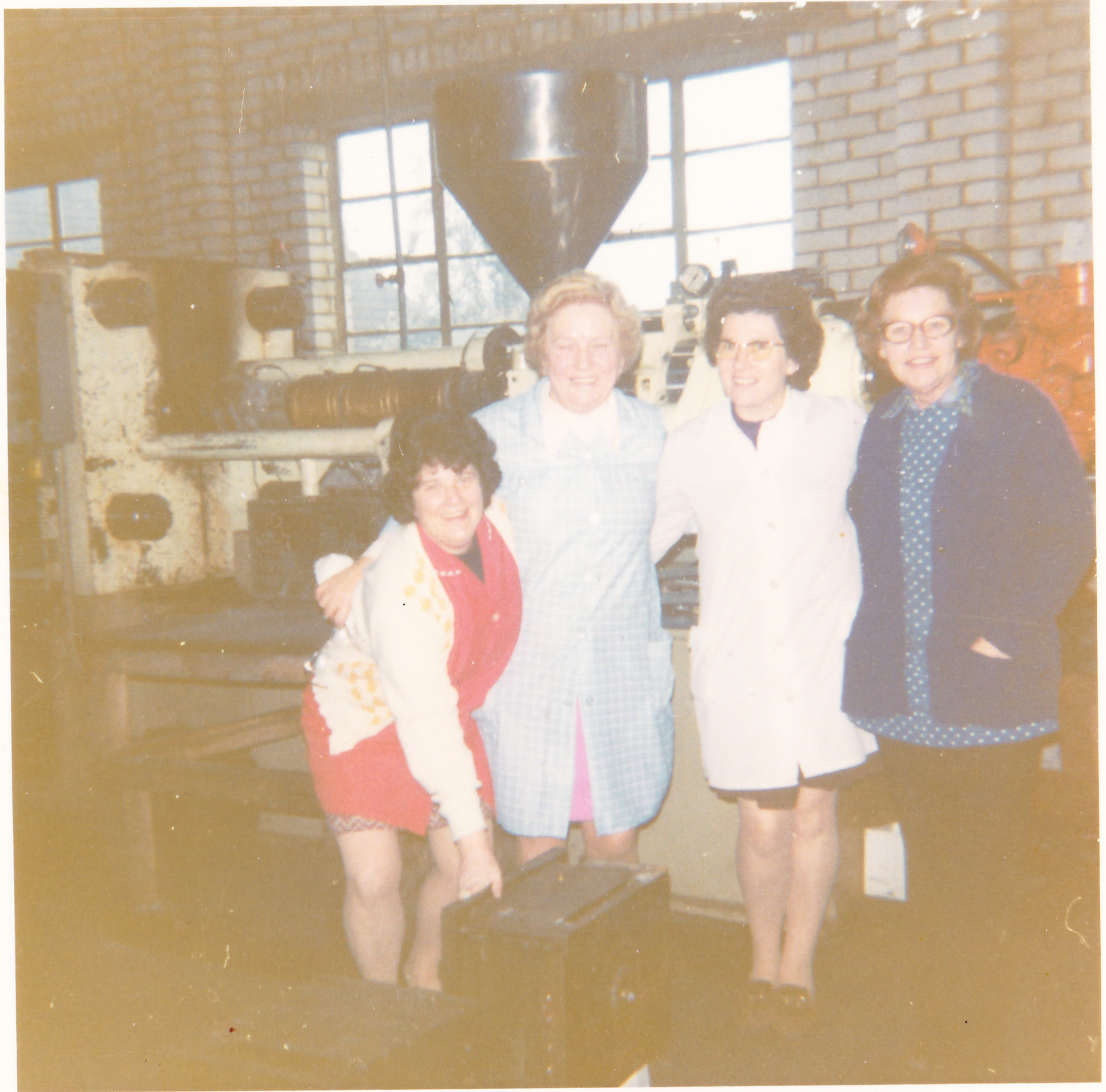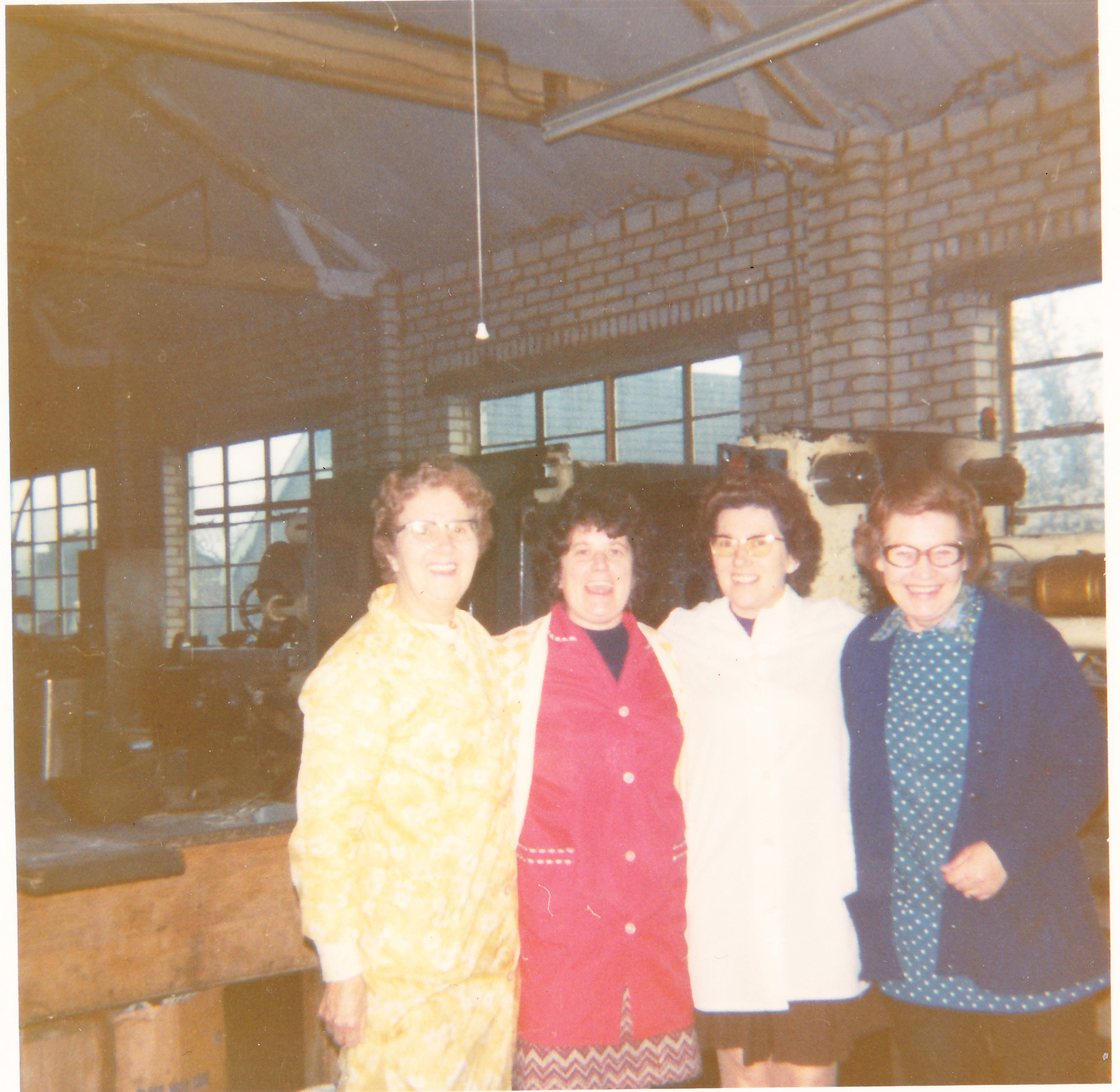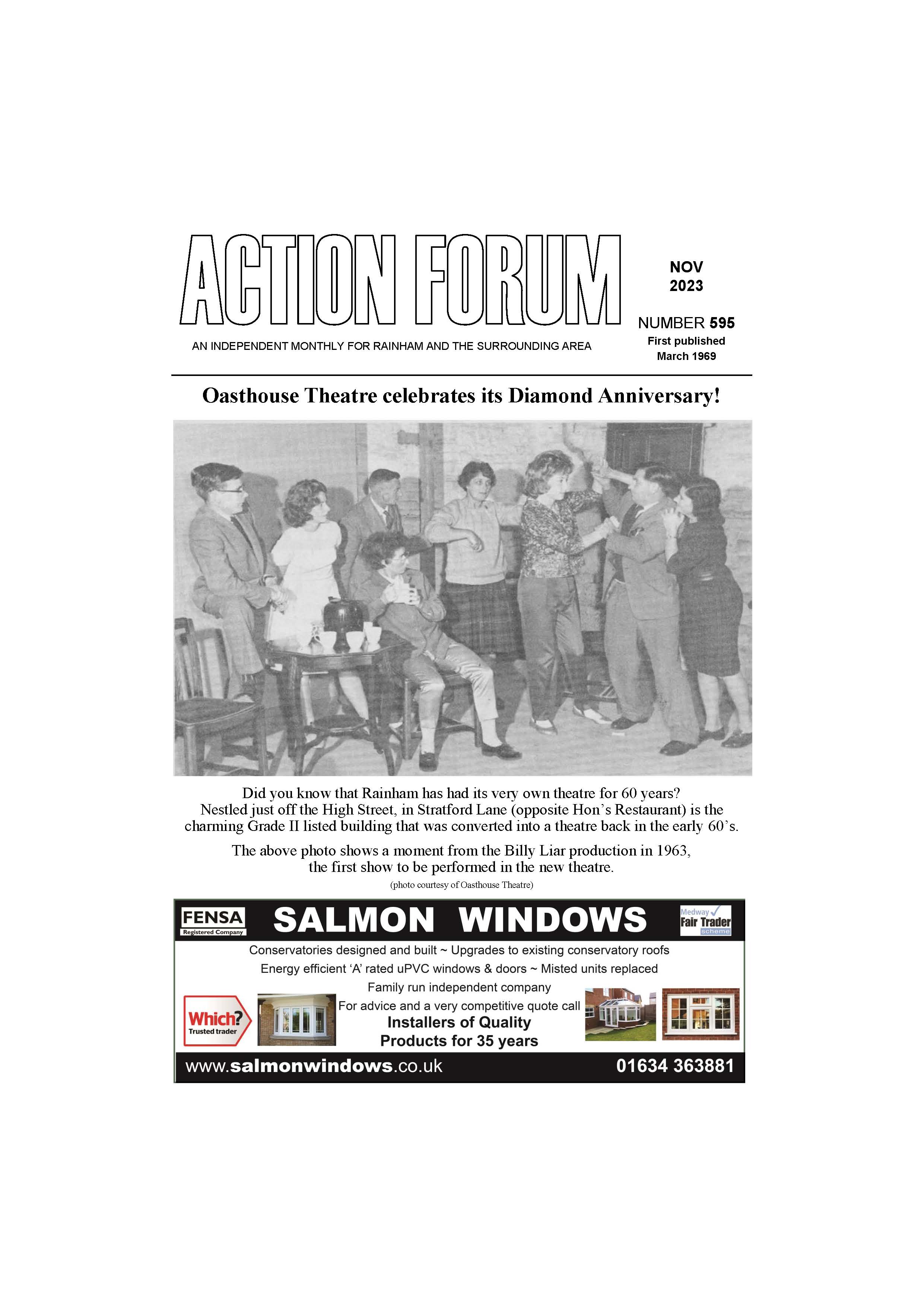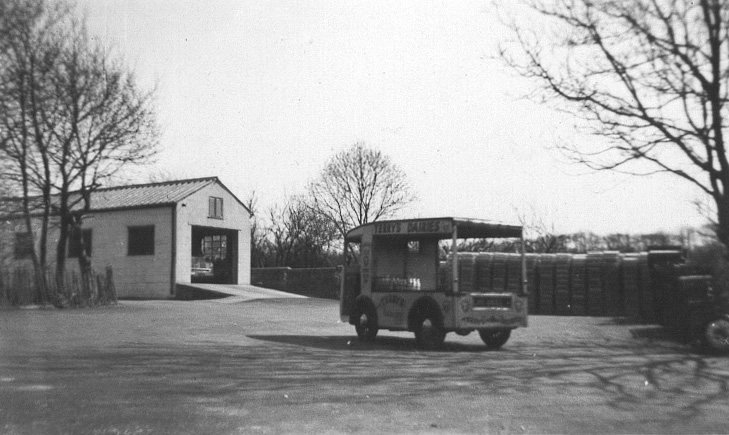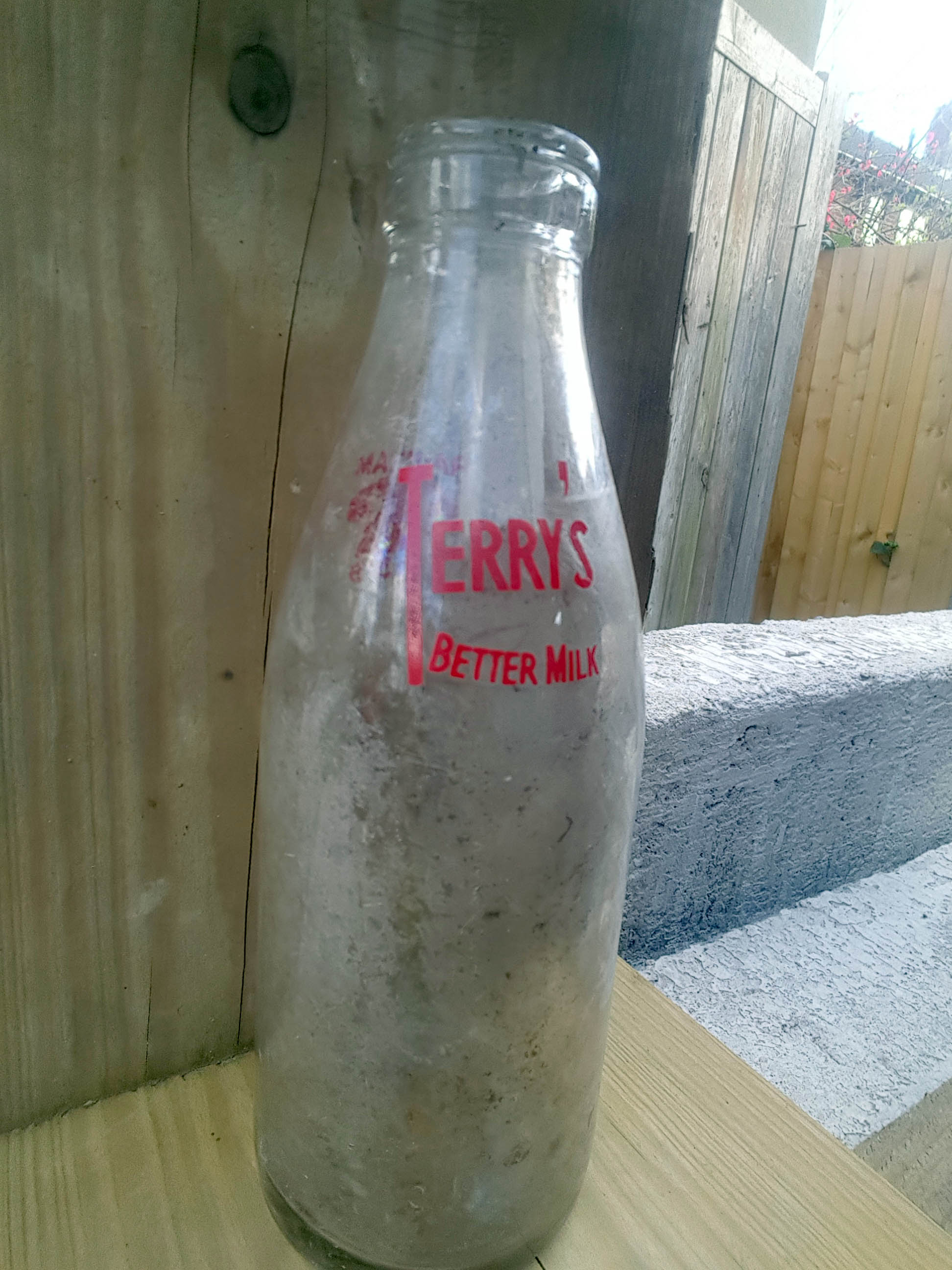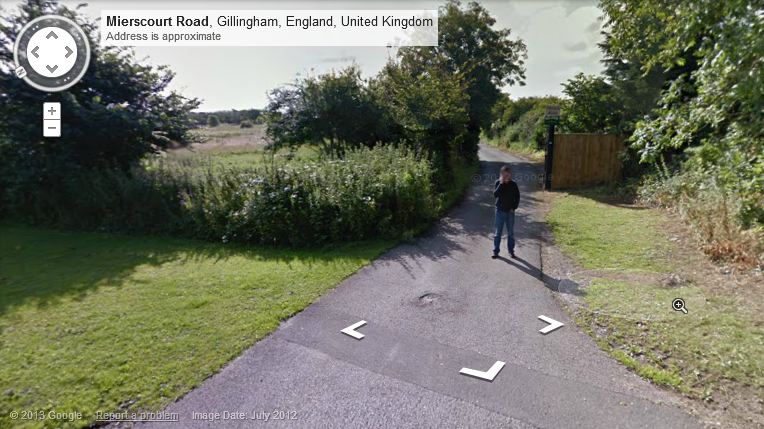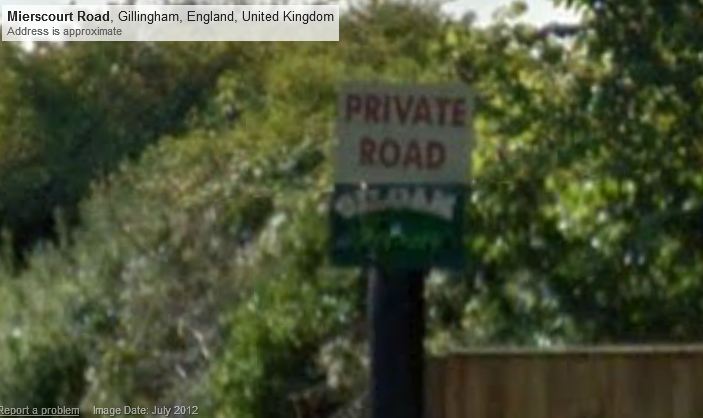We moved to Lyminge Close, Twydall in 1960 from our wartime built pre-fab in Wigmore when I was 15 months old. Pictured are the 'modern' post war shops but there was also an older red-brick parade opposite. Out of shot on the right of the picture was 'Perks' a dry goods grocers where Mum would buy flour, rice - all sold loose from large wooden bins and served in paper cones expertly folded up from sheets on the counter by the shopkeeper. Even further up on the corner was Cross's the butchers. Well known for being sour faced and sarcastic, Cross was one of three butchers in Twydall; now a dying breed.
Opposite in the older parade was a wet fish shop which became a chippy at night, the library, the Copper Kettle Tea Room/Corner Shop and my favourite place in the world - Arnold's. Tucked away in the far corner, along from the C.K., they sold toys, hundreds of them. It was cheek by Jowl with a milliners and when Mum shopped for her stuff, I was allowed to stand outside and press my nose against Arnold's window. Back on the side pictured, there was a Rumbelows at the lower end for TV's, Radiograms and the booming 45rpm single market. Far left, beyond the bottom of the parade was the good old Royal Engineer. Was there ever a night when there wasn't a fight there? In later years we would spend a pleasant hour or two dodging glasses and combatants while drinking their overpriced Stella Artois (nothing is new) which was then a novelty - 1970's pubs would barely have one lager pump among all the bitters and milds, the Engineer had two.
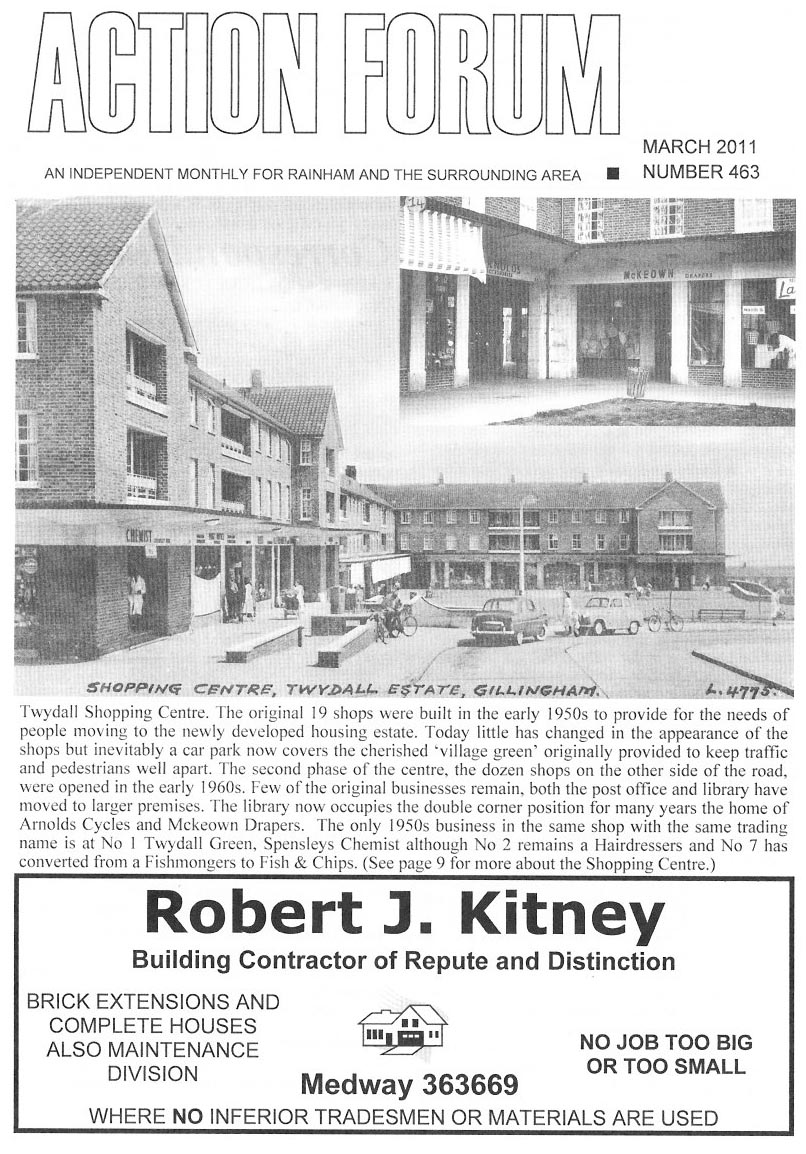
The gap between the pub and the first shop pictured (waste land for many years) would be filled before the end of the 60's with a Liptons, for many of us the first Supermarket we'd ever seen. Forbouys was the newsagents who in the 1960's had Jambouree Bags with cheap sweets and toys, but also a 'Lucky Dip' a thin wooden flour barrel filled with sawdust. You paid 3d (1p!) and dove your hand into the barrel and grabbed one item. It would be anything from a Barrats Sherbert fountain, to a plastic toy. Next door was Woolworths (Woolies) which in those days still had the wooden floor, the island counters and the ubiquitous weighing machine at the door. Mum worked there as did (eventually) I on Saturdays but by then, a more modern Woolies had developed.
Ice cream would be bought in blocks, wrapped in newspaper to be taken home, every week the rag'n'bone man would come up our Close - like Steptoe and Son with a horse drawn cart. The onion seller would bring a cycle laden with huge onions, and on another day the peanut and toffee apple man would be there as well, also with everything on a bike. Developments over the years included the oddly shaped Holy Trinity Church built on wasteland land I used to play on. The lovely green area we played football on the right by the library was paved over to become a car park, and the doctor's surgery opposite the Church. For school we'd walk up Twydall Lane in the direction of the now defunct Bowaters and head into the infants, until we were 7 and had to go a little further up to Romany Road Primary which would take us past Tabearts. They sold just about everything, but the attraction for us kids was that he had rows and rows of sweets in Jars, sold by the quarter pound (100g in new money); I still remember the sweet smell in the shop of all that sugar just waiting to be bought.
Public transport in the 1960's defied modern belief. Twydall was served by at least three separate but related Maidstone and District (M&D) bus routes which ran to and from the Nelson Road Bus Depot. All would run along Beechings Way past the Golf course. The No. 1 and 1A, would turn up Eastcourt Lane, while the 1B continued down Beechings Way ending up at the bottom of Pump Lane. The other two turned along Goudhurst Road with the 1A following it past the shops at the bottom and turning round the bend to meet Beechings Way again, where it would turn back. Only the No. 1 would go up past the shops turning left along Waltham Road (lined on one side with police houses) on down Begonia Avenue to Hawthorne Road. All were double deckers with Clippies, but unlike the London routemasters the buses had closed rear decks. These days everyone uses their car, but then no-one had cars. Those buses were full; bottom and (hideously, smoking permitted) upper decks. Lyminge Close had a small parking area, which would hold 6 or so cars, the rest given over to play areas where football matches resembling the 'Wall Game' would sweep back and forth all afternoon.
I last visited a year or so back, and some 20 cars seemed to be parked in an enlarged area which encroached on virtually all the grass, with all the kids probably inside with their PS3's. Our play rules were simple, we left after breakfast with a cheese sandwich in our pocket and were home before dark. We either headed 'down' to Sharps Green, or 'Up' to the Darland Banks (which were north and south respectively) crossing the lethal Watling Street (A2) in the process. Somehow we all survived to be flabby and fifty.
I left Twydall in the mid 70s and travelled and lived at odd spots in and around the world before settling back in Sussex, about 70 miles away. On the few occasions I've been back though it feels further. I watched England win the World Cup, both Kennedy's and MLK get assassinated, and Neil Armstrong walk on the moon while living there, no wonder my memories are rooted firmly in the turbulent 1960s.


















































































































































